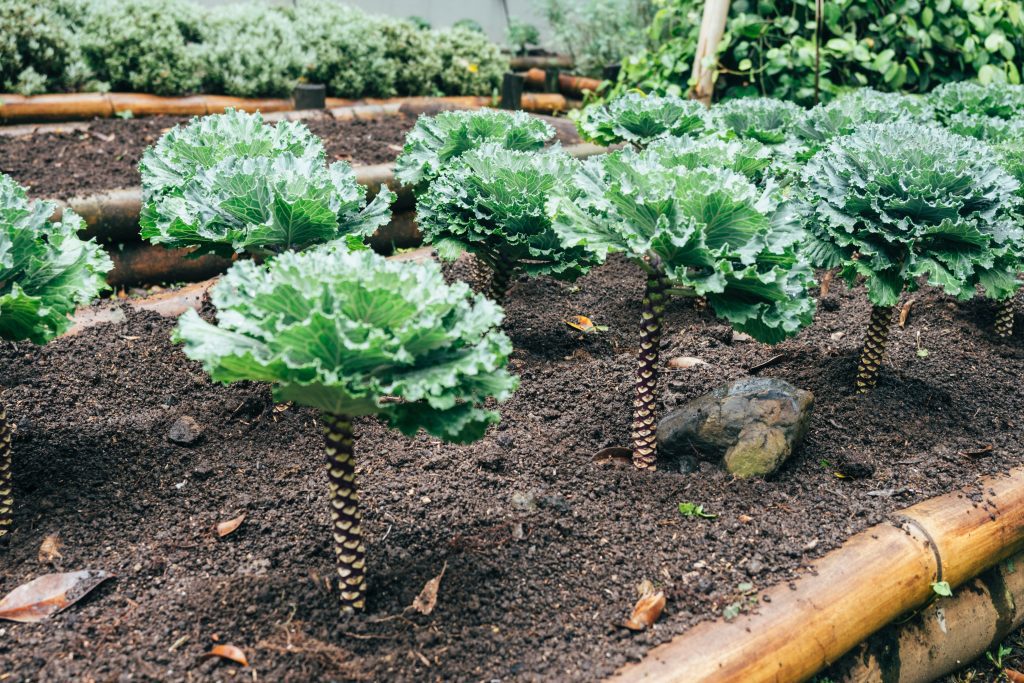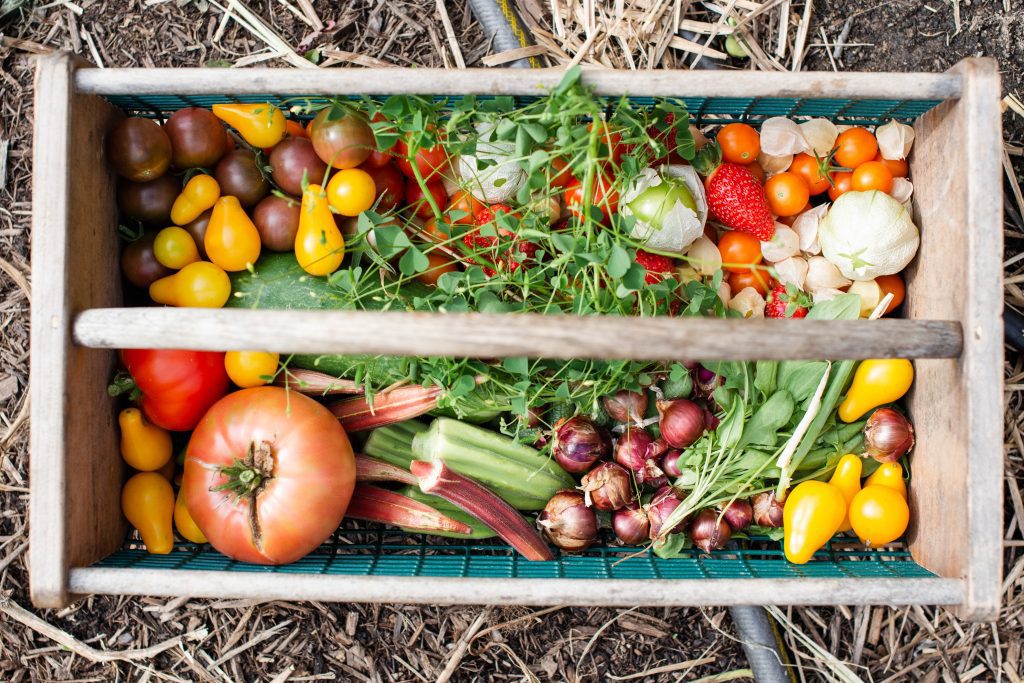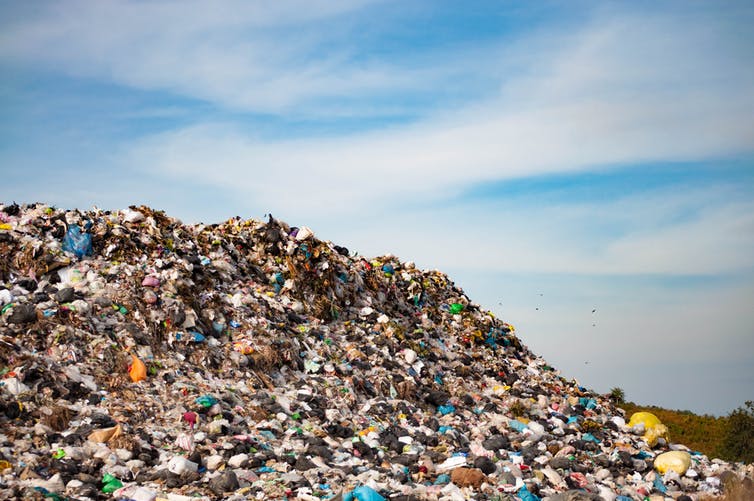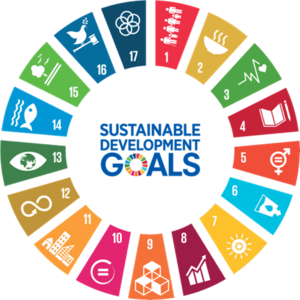Why does Florida need the Gopher Tortoise?
The gopher tortoise is a terrestrial turtle that is native to the Southeastern United States. They spend 80% of their time living in sandy, dry burrows. Areas such as longleaf pine sandhills, dry prairies, and coastal dunes are ideal for making burrows because they tend to be rather large. On average, burrows are 15 feet long and 7 feet deep, but some have been recorded to be up to 40 feet long and 10 feet deep.
“Gopher tortoises are herbivorous; they feed on low-growing plants like wiregrass, broadleaf grasses, gopher apple, and legumes.” Growing plants that are native to your area can provide gopher tortoises with all the necessary nutrients to live a long and healthy life. Gopher tortoises generally live up to 40-60 years in the wild, but some have lived up to 80. Holy moly!
- To find out which plants are best for gopher tortoises in your area, this plant guide can help you in conserving2 our burrow-digging friends. https://myfwc.com/wildlifehabitats/wildlife/gopher-tortoise/help/plant-guide/

The U.S. Fish and Wildlife Service states that “Their burrows provide refuge for about 360 other species throughout its range. Some of those species include black pine snakes, gopher frogs, Florida mice, foxes, skunks, opossums, rabbits, quail, armadillos, burrowing owls, snakes, lizards, frogs, toads, and many invertebrates. “
Gopher tortoises are considered a keystone species because they are depended on by a variety of other species. If removed from the ecosystem, there could potentially be many drastic changes and this could cause the whole ecosystem to collapse. Many of the species that live among their burrows could lose their homes, causing their rates of extinction to increase as well.
How did they become a threatened species?
Gopher tortoises are federally listed as Threatened under the Endangered Species Act. This is mainly due to habitat loss, through forms of destruction, fragmentation, and degradation. However, the key driver of habitat loss for this keystone species is urbanization and development.
For around 16 years in the state of Florida, there was a policy that allowed developers to bury many gopher tortoises alive by paying a fee to fund the protection of them elsewhere.
In June of 2007, the Florida Fish and Wildlife Conservation Commission (FWC) put an end to this cruel policy and declared the gopher tortoise as a threatened species. Although they were able to end this policy, the commission grandfathered in applications to bury gopher tortoises that had been submitted by July 30th of 2007.
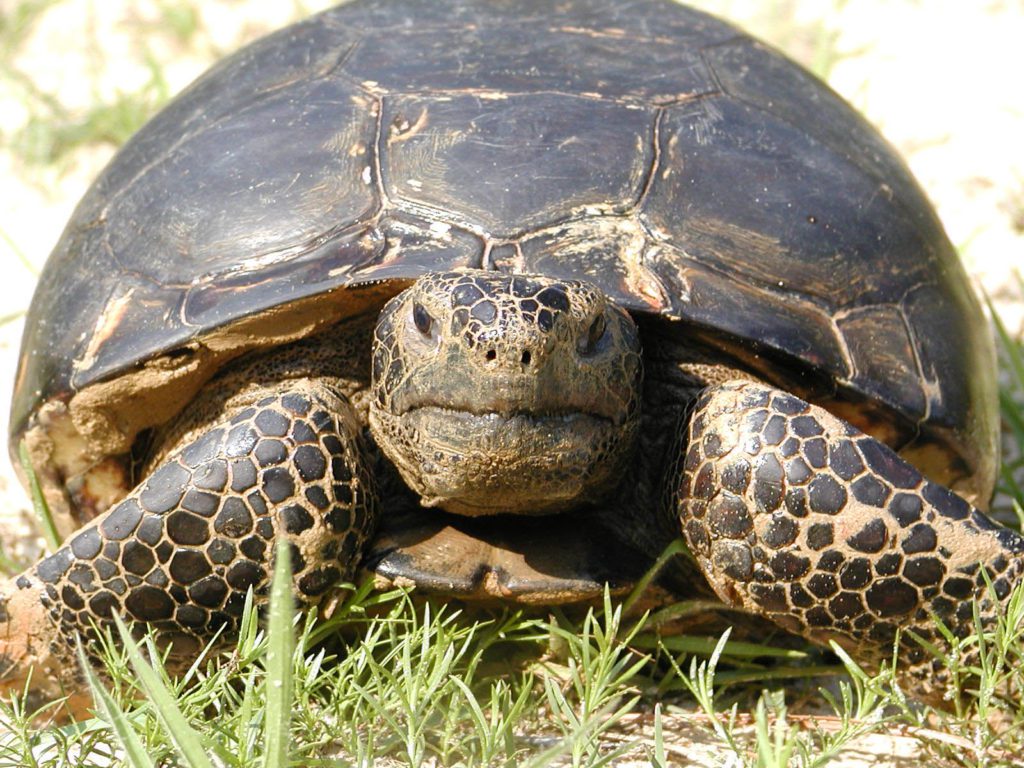
Following the year of 2007, the FWC has made many efforts to try and conserve gopher tortoises and their habitats.
They created their first Gopher Tortoise Management Plan, whose main goal is to “restore and maintain secure, viable populations of gopher tortoises throughout Florida so the species no longer warrants listing.” Unfortunately, as of 2019, the gopher tortoise still remains a threatened species.
How can you help?
Since gopher tortoises are protected in Florida, handling or relocation of them is illegal to do without a permit given by the FWC. Nonetheless, if there is a gopher tortoise crossing the road, the FWC allows you to pick up the tortoise and place it in the grass, facing the same direction it was heading in.
Here are some tips if you encounter gopher tortoises in your area :
- Do not disturb tortoises or their burrows.
- Keep children and pets away from their burrows.
- Do not remove them from the area they are located.
- Be conscious of speed limits and wildlife crossing signs.
- Check out this website to find more information on how to help conserve these precious animals, and what to do in the case that one has been injured in your area. https://myfwc.com/wildlifehabitats/wildlife/gopher-tortoise/help/
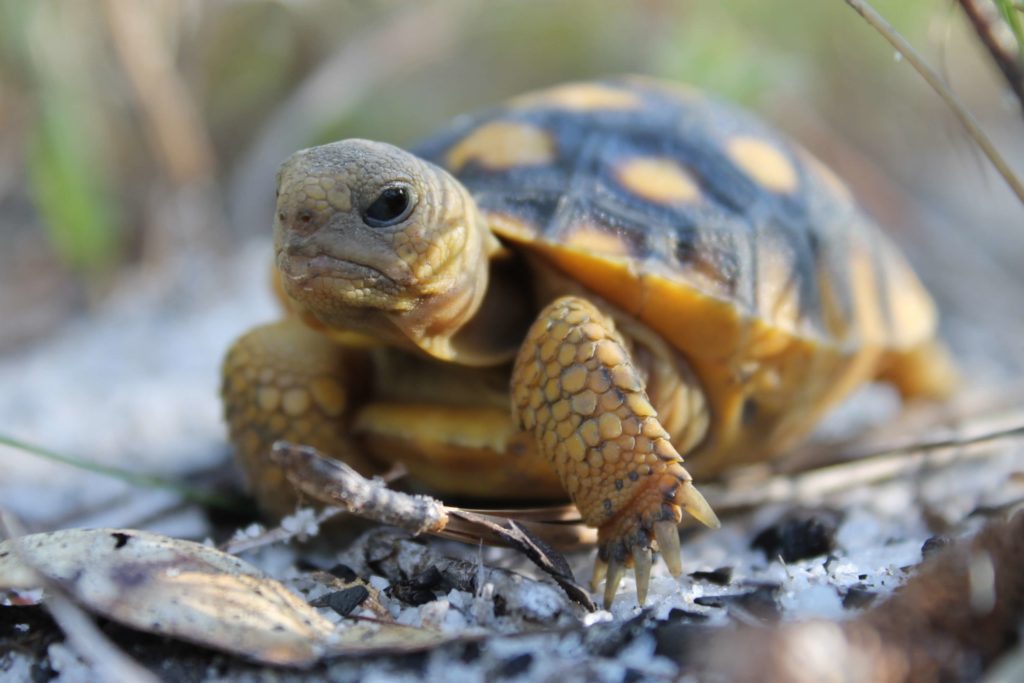
Sources:
Photo: Randy Browning/USFWS
https://www.fws.gov/northflorida/GopherTortoise/Gopher_Tortoise_Fact_Sheet.html
https://myfwc.com/wildlifehabitats/wildlife/gopher-tortoise/
https://www.sun-sentinel.com/news/fl-xpm-2007-06-14-0706130718-story.html

